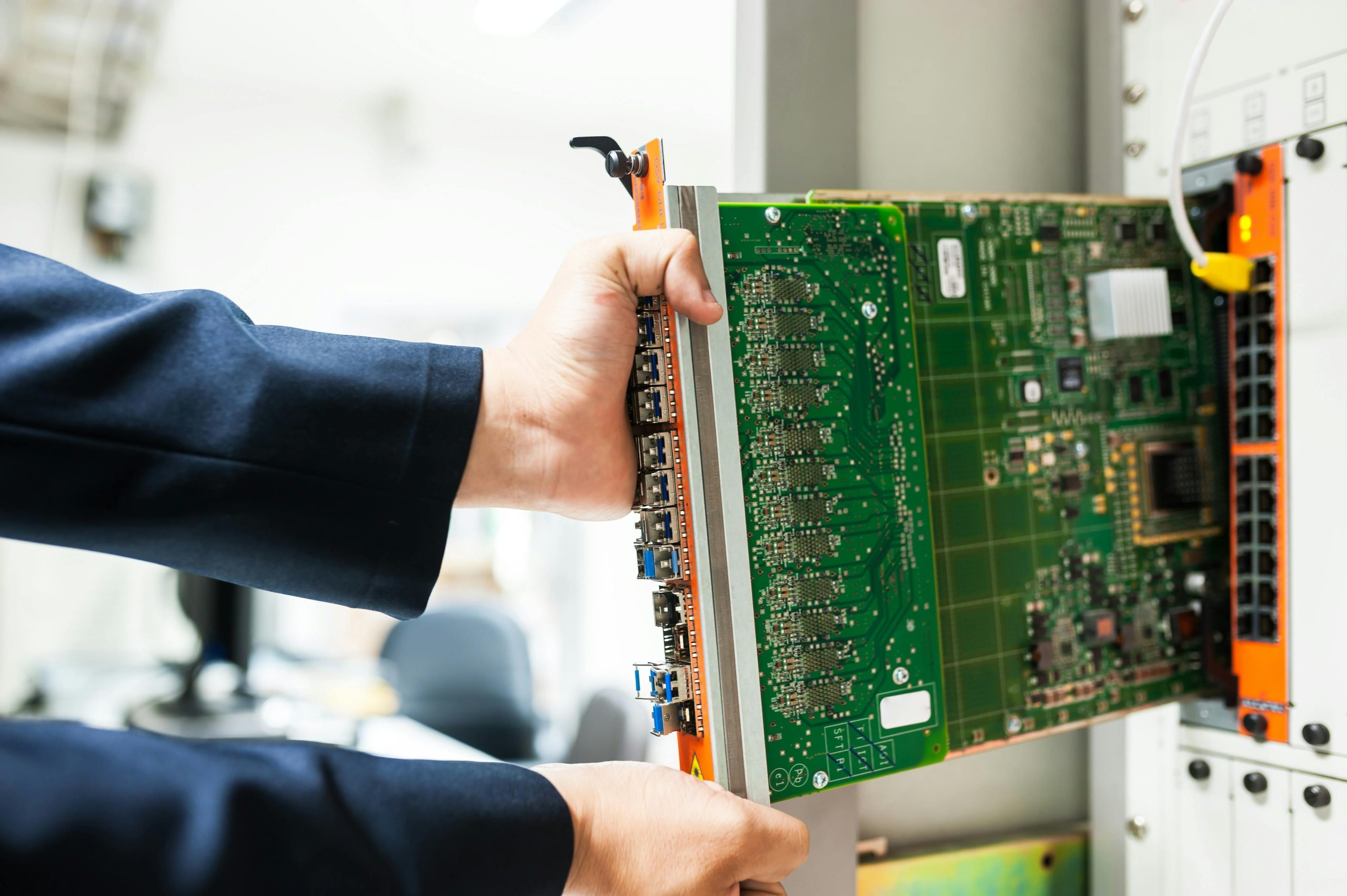Troubleshooting Slow Download Speeds on a Gaming PC Despite Fiber Optic Internet
Recently, I upgraded my internet to a 1 Gbps fiber connection through TDS at my new apartment, expecting blazing-fast speeds across all my devices. However, I encountered a perplexing issue: while my MacBook achieves download speeds of 400 Mbps, my gaming PC struggles with dramatically slower downloads—somewhat baffling given the high-speed fiber connection.
The Issue: Disproportionate Download Speeds on Gaming PC
Despite the impressive 1 Gbps fiber internet, my gaming PC’s download speeds are far below expectations. For example, when downloading a game update of 12 GB, the download rate barely reaches 1 MB/s (approximately 8 Mbps), and in some cases, fluctuates between 100 KB/s and 200 KB/s. After several hours, the download was only 60% complete. In contrast, my MacBook was consistently reaching download speeds between 115 Mbps and 300 Mbps during similar updates.
Steps Taken to Troubleshoot
To identify potential issues, I have already checked the following:
- Ensured that Steam’s download limit settings are not capped.
- Adjusted the network adapter’s Speed & Duplex settings in Device Manager.
Despite these measures, the problem persists, and the gaming PC continues to experience poor download performance.
Potential Causes and Recommendations
If you’re facing similar issues, here are some common causes and troubleshooting strategies:
-
Network Adapter Configuration:
Verify that your network adapter drivers are up to date. Outdated or incompatible drivers can limit bandwidth. Visit the manufacturer’s website for the latest drivers. Additionally, manually set the Speed & Duplex to match your network hardware (e.g., 1.0 Gbps Full Duplex). -
Ethernet vs. Wi-Fi Connection:
If using Wi-Fi, consider switching to a wired Ethernet connection for more stable and faster speeds. Wi-Fi interference or weak signals can drastically reduce download rates. -
Router Settings and Firmware:
Ensure your router’s firmware is current. Sometimes, QoS (Quality of Service) settings may prioritize other devices or limit bandwidth for specific connections. -
Network Traffic and Background Applications:
Check for other network-heavy applications running in the background on your PC that might be consuming bandwidth. -
Firewall and Security Software:
Temporarily disable firewalls or security software to see if they’re affecting download speeds. -
**
Share this content:



